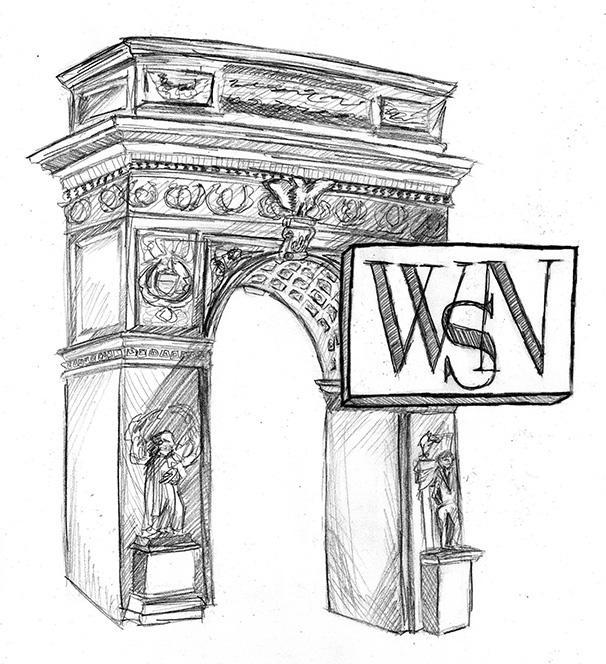On Monday, March 29, three men at a luxury apartment complex in midtown Manhattan watched as an assailant beat and kicked 65-year-old Vilma Kari on the sidewalk outside. A man standing in front of the door stood back as the brutality occurred. Additionally, a security guard employed at the building closed the sliding doors on the victim as the perpetrator fled the scene. If one of the three men had stepped in to intervene in the situation, Kari may have sustained fewer injuries. The same day, a video surfaced depicting a man on a Manhattan-bound J train choking an Asian man to the point of unconsciousness before getting off the train. Even though the subway car appeared to be almost full, no one intervened. The Asian man was left crumpled on the ground as the crowd of bystanders looked on.
These infuriating incidents expose a key obstacle in the fight against anti-Asian hate: the bystander effect. The bystander effect is a psychological phenomenon that manifests when the presence of a crowd prevents individuals from interfering in dire situations. In order to fight the nearly 150% increase in anti-Asian hate crimes over the past year, NYU has an obligation to train its students, faculty and staff about standing up to displays of racist violence.
Previously, NYU held “Action Zone Bystander Intervention” trainings which were designed to teach students and staff effective strategies to interfere in situations where no one else has taken action to help. This type of training is most often applied to circumstances of alcohol misuse, sexual assault, bias incidents and mental health episodes. This type of training is entirely voluntary and only available upon request. Previously, the University Senate, speaking on behalf of NYU, hoped that their bystander training would be effective, but they have admitted improvements must be made. For now, NYU’s bystander training is temporarily suspended.
This type of training is crucial in preventing interpersonal violence among college students. One bystander intervention training, called Green Dot, was found to create significantly lower victimization rates for sexual violence. While this service is designed for gender-based violence, this type of training is also crucial for race-based violence. Derald Wing Sue, a Columbia University professor who studies the psychology of racism and antiracism, stated that “when no action is taken and people remain silent in the face of racism, it causes pain and suffering to the targets, it creates guilt in the mind of onlookers and it creates a false consensus that racism is OK.”
In light of the rise of anti-Asian hate crimes, it is paramount for NYU to design mandatory training to combat all types of racist violence. Bystander intervention has been found to positively affect both individuals and broader school culture. One study by Elizabeth Paluck, professor of psychology at Princeton University, found that bystander intervention training in relation to race increased the likelihood of an individual intervening when a student is being teased or insulted.
NYPD reports that there have been 33 incidents of reported Asian hate crimes as of March this year. There were 11 reported at the same time last year. However, the real number of attacks is likely much higher, due to a combination of factors such as language barriers and distrust of the police. Now, more than ever, responding to witnessed harassment and violence is critical.
While we would all like to live in a world where people naturally jump in to help an individual in need, it is crucial for NYU to create community members who are less susceptible to the bystander effect. If NYU wants to live up to its commitment of building university-wide diversity, equity and inclusion, it must offer realistic solutions. NYU still has yet to resume bystander intervention training at all. This type of training should be mandatory university-wide rather than being provided on an opt-in basis. Combating racist violence is an ongoing process, and NYU should do more to address the rise in anti-Asian hate crimes in an actionable way.
A version of this article appeared in the Monday, Apr. 5, 2020 e-print edition. Email the Editorial Board at [email protected].


























































































































































